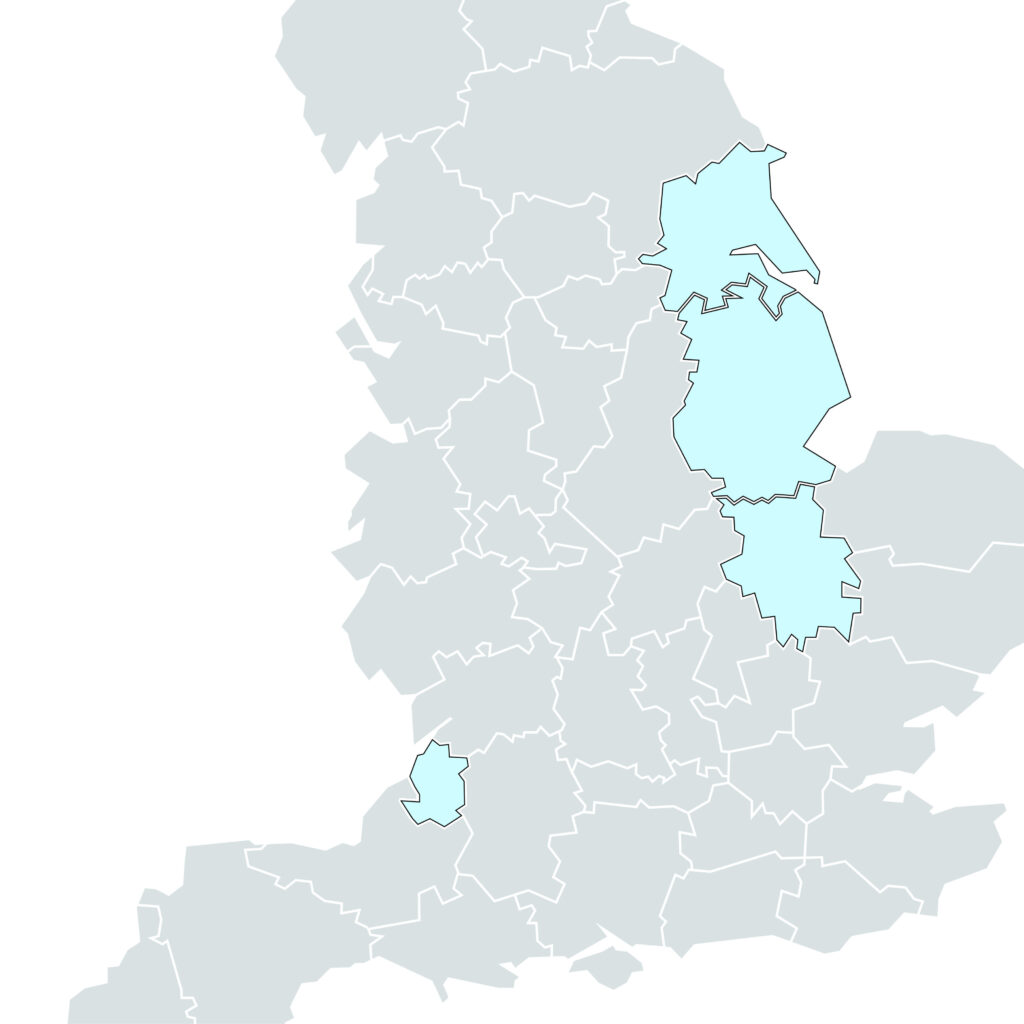
While none of the major city-regional mayoralties are up for election this year – Sir Sadiq Khan, Andy Burnham and Steve Rotheram can all breathe (Richard may be busy) - there are a handful of elections for combined authority mayors elsewhere in England. Below, we give you a quick overview of the runners and riders.
One of the more unlikely combined authorities offers a potentially interesting election this year. Nik Johnson, the Labour incumbent, is stepping down due to health reasons, leaving an open contest in what could be a three-horse race.
Former Peterborough MP, Paul Bristow, is running for the Conservatives, while Anna Smith, former Cambridge City Council leader, runs for Labour. Reform UK and Greens also have candidates, but it is the Lib Dems’ Lorna Dupre who stands a chance of coming through the middle, given the profile of the area and Ed Davey’s focus on the East of England.
Elections for the 61 seats on Cambridgeshire County Council are up for election on the same day.
The region has a history of political diversity, making the outcome uncertain. The mayoral election will be a big test for Labour’s ability to retain control amid challenges from other parties.
Greater Lincolnshire will elect its first mayor next month, following a £720 million devolution deal creating a new combined county authority.
The election covers the entire historic and ceremonial county of Lincolnshire, which is governed by three councils: Lincolnshire County Council, North Lincolnshire Council, and North-East Lincolnshire Council. Those councils will remain in place, with some powers being transferred to the new mayor.
Six candidates are standing, notably former Conservative MP Andrea Jenkyns, now running for Reform UK. Former Chairman of Grimsby Town FC Jason Stockwood is the Labour candidate, while North Lincolnshire Council leader Rob Waltham stands for the Conservatives.
Jenkyns’ candidacy signals a shift in party dynamics, and analysts see the race as a key opportunity for Reform UK to gain local ground. The contest has already, predictably, turned spiky, with Jenkyns’ inflammatory language on migration clearly designed to exploit tensions, and further questions over her residency and eligibility to stand. On the Labour side, the area has seen a great deal of ministerial attention given the recent focus on Scunthorpe’s steelworks, which are within the area. This is one to keep an eye on.
Hull and East Yorkshire will also soon elect its first-ever mayor, following a £400 million devolution deal.
The election covers the ceremonial county of East Riding of Yorkshire, which is governed by two councils: East Riding of Yorkshire Council and Hull City Council. Those councils will remain in place, with some powers being transferred to the new mayor.
Six candidates are in the race, including Olympic gold-medallist boxer Luke Campbell for Reform UK. With no clear favourite, the contest – including Labour’s Margaret Pinder, Conservative Anne Handley, and Lib Dem Mike Ross – remains wide open.
In the 2019 general election, three of the four constituencies with the lowest turnout were in Hull, and in 2024 the area remained towards the bottom of the table. Let’s see if these mayoral candidates can bring local democracy back to life.
The West of England mayoral election is shaping up to be a tightly contested race. With six candidates now confirmed and the voting system shifting from Single Transferable Vote (STV) to First Past the Post, the dynamics have become even more unpredictable. Labour’s campaign has also been rocked by controversy, following the arrest and subsequent departure of incumbent mayor Dan Norris, leaving the party on uncertain footing and the race without a clear frontrunner.
The candidates vying for the role are: Arron Banks (Reform UK), Helen Godwin (Labour), Oli Henman (Liberal Democrats), Mary Page (Green), Ian Scott (Independent), and Steve Smith (Conservative).
The West of England is defined as the local authority areas of Bristol, South Gloucestershire, and Bath and North-East Somerset.
While no dedicated opinion polls exist, statistical analysis of past voting patterns suggests a potential ‘five-way marginal’ with the Green candidate narrowly leading, closely followed by Labour and Reform. Once recent national trends are factored in it makes the final outcome too close to call.